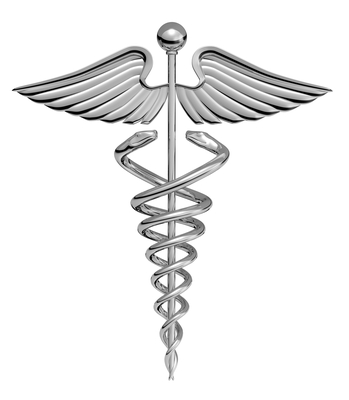The functions of a Chief Medical Officer tend to remain the same from health care organization to organization because these professionals perform key duties and oversee key programs. They have fiscal cost, public relations, human resources and operations management responsibilities.
Leadership
Chief Medical Officers oversee the development, implementation and evaluation of care programs. They could be in charge of prevention, quality improvement, wellness services, employer health, and case and disease management programs. For each program, they maintain a clinical practice model that efficiently and effectively supports strategic, financial and outcome goals. They ensure strategic alignment of internal and external health and wellness initiatives.
They develop and implement systems, structures and processes to satisfactorily meet the quality and population health outcomes needs of health care consumers. They implement and review medical and administrative cost savings strategies. They work with executives to promote health improvement and management strategies that support marketing, customer service and compliance agendas.
Strategic Planning
Chief Medical Officers oversee local, region and sometimes national medical strategies. This means they must create and implement medical cost, service and quality programs. They provide physician leadership for scientific publications and communications, including standard public inquiry responses and requests for information. They plan and participate in local, regional, national and global medical advisory boards. Chief Medical Officers provide medical review support during internal investigations and program audits. They help executives plan for research projects and grant proposals. Depending on the hospital, they may execute clinical studies related to disease phases, outcomes surveys, regulatory obligations and epidemiological studies.
Relationship Management
Chief Medical Officers must ensure that their public interactions with stakeholders are aligned with business goals, customer needs and medical strategies. They act as official representatives to engage community, government and professional organization representatives. They work with PR professionals to represent their organization to the media and the public. They are scientific leaders and policy makers who participate in patient advocacy groups and regulatory authorities. They establish and enhance partnerships with key regulatory bodies and academic institutions to improve relationships with leaders and experts. They propose and initiate initiatives, conduct promotional reviews and participate in cross-functional planning teams.
Quality Improvement
Chief Medical Officers monitor the safety, quality and appropriateness of medical care and programs. This means they monitor and update clinical guidelines, safety standards and access processes. They review hospital use data related to service utilization patterns, appropriate readmission rates and patient experience surveys. They help develop and review clinical protocols to maintain compliance with appropriate regulations. They act as liaison between vendors and safety and quality committees. They must ensure that contract and internal metrics are consistently aligned with expectations.
They support accreditation and regulatory compliance related to re-credentialing activities and delegation oversight. The develop leadership plans to improve patients’ access to primary and specialty care.
Maintain Professional Competencies
Chief Medical Officers usually have an M.D. or D.O. degree from an accredited medical school. They may also have a master’s degree in public health, business management or health care administration. Most employers expect them to be licensed to practice in their state by the medical board and possibly certified in an area of practice. They usually have four to five years of experience as managers, which includes demonstrated experience related to patient experience, clinical outcomes, program improvement, quality management and safety performance. They should have a few years’ experience with electronic health records, quality improvement data and local, state and national regulations. They will maintain professional knowledge through organizations like the Chief Medical Officers Group (CMOG).
Chief Medical Officer should also have the demonstrated ability to provide leadership in the adaptation and introduction of new technologies that enhance quality and safety for various stakeholders.
See also: Top 10 Best Online Master of Health Administration Degree Programs (MHA)
